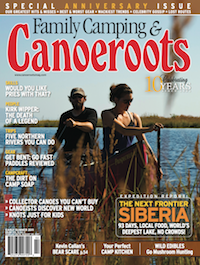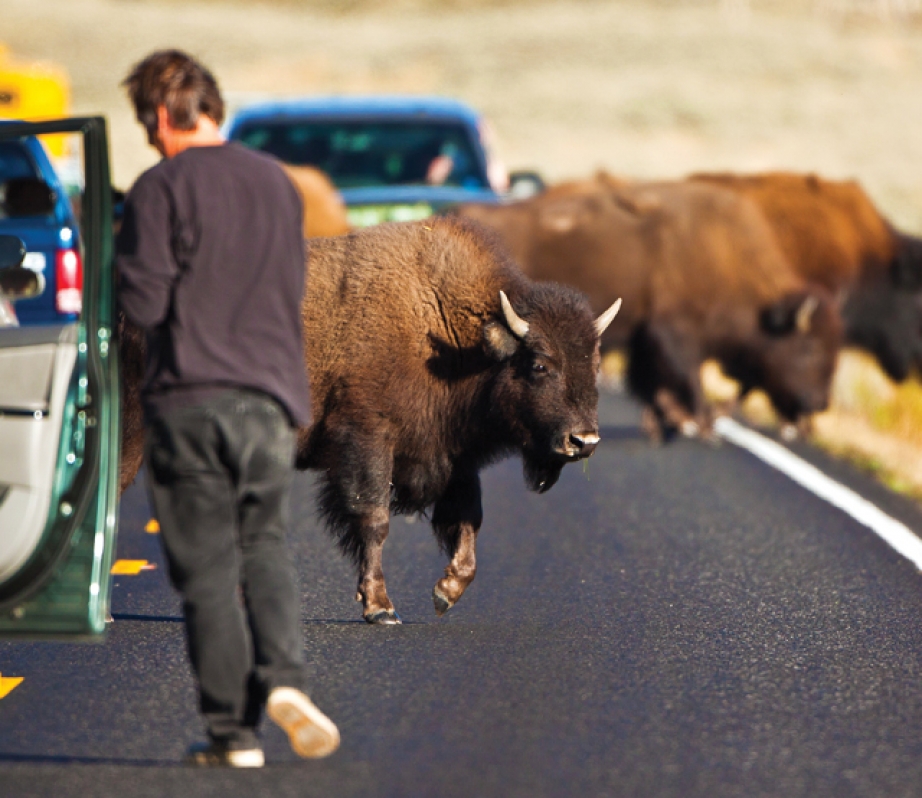For the record, we’ve never met a kid who doesn’t dig animals. If you’re looking for a can’t-miss family adventure, try a wildlife theme. There are a herd of wonderful animal-, bird- and even insect-watching opportunities from coast to coast every month this summer. From May to September, this safari list helps you go where the wild things are and inspire your budding biologists.
Moose on the Loose
Since the first two moose were introduced to Newfoundland in 1878 and another four in 1904, the island’s population has grown to over 120,000—the densest in North America with one moose for every four Newfoundlanders. The animals are so numerous that a Canadian Geographic documentary called them “thousand-pound rabbits on stilts” and, earlier this year, a St. John’s lawyer launched a class action lawsuit against the provincial government for failing to control the population. The abundance of moose may have some locals miffed, but it almost guarantees a glimpse of these magnificent animals. Head to Gros Morne National Park in late spring when moose supplement their diets with salt runoff from roadside ditches. While there, hike some of the beautiful trails and take a cruise on Western Brook Pond beneath massive, billion-year-old cliffs.
Puffin Patrol
Kids love watching the antics of puffins. With their colorful, toucan-like bills and awkward splashdowns, puffins resemble clowns with wings. During summer, the birds abandon their lives on the open ocean for a brief stint ashore to nest. Five islands off the Maine coast provide the only Atlantic puffin viewing in the United States. The best is Machias Seal Island, a grass-covered rock 10 miles equidistant from Maine’s Downeast Coast and Canada’s Grand Manan Island. Tour boats depart daily from Cutler, ME, and Grand Manan, NB, and land visitors on the island where a ranger answers questions and blinds offer viewing from as close as three feet. On your tour, you’ll also visit a seal colony and, if you’re lucky, spot resident humpback or north Atlantic right whales.
Bat Buffet
Southeastern New Mexico’s Carlsbad Caverns National Park is best known for its incredible cave complex: over 117 caves including North America’s deepest, third longest and largest chamber—the 8.2-acre Big Room. The caves are widely recognized as some of the world’s most spectacularly decorated—cave speak for the remarkable, naturally forming mineral structures inside. Each evening in summer, however, a spectacle of a different kind erupts from the park’s namesake Carlsbad Cavern. Nearly 400,000 Mexican free-tail bats swirl like a living tempest out of the cavern entrance, embarking on a nightly feeding frenzy that devours several tons of insects. Head to the viewing amphitheatre at sunset for front row seats of the action. Of course, while you’re there, don’t miss out on one of the self-guided or ranger-led family-friendly cave tours.
Catching Caribou
Lake Superior’s Slate Islands are home to one of the most southerly and readily viewable woodland caribou populations. Lying 12 kilometers off the lake’s north shore, this rugged, circular cluster of islands was formed by an ancient meteorite impact. Because of their isolation—no natural predators live on the Slates; the caribou crossed over ice in 1907 during a rare winter freeze—these normally shy animals will stroll curiously into your campsite and swim fearlessly across the narrow channels between islands. The Slates are accessed by boat from the nearby towns of Terrace Bay or Marathon. The inner harbor of the archipelago is sheltered from Superior’s notorious winds and can be explored by canoe or sea kayak. Kids will also enjoy exploring the network of caribou trails that criss-cross the islands and the light station at Sunday Harbour.
Kodiaks and Sockeye
Every summer, vast numbers of West Coast salmon return from the sea to spawn in the rivers where they were born. The sight of hundreds of thousands of fish thrashing and leaping their way up clear mountain streams is remarkable in itself, but if fish don’t get your family’s pulses racing, the local mega-fauna certainly will. In southeastern Alaska and northern British Columbia, sleuths of grizzly bears gather at river mouths and rapids to gorge on the frenzied fish. Take a floatplane or boat to Alaska’s Katmai National Park in July to watch hundreds of bears fishing at Brooks Falls. Three observation platforms accessed via short hiking trails provide safe lookouts while the bears wait for salmon to literally leap into their mouths. Camp or stay at the private Brooks Lodge, and bring your fly rods for world-class sockeye fishing.
Where the Buffalo Roam
Yellowstone National Park sprawls across 2.2 million acres and three states— Wyoming, Idaho and Montana—making it a bit daunting for first-time visitors. But don’t worry, aspiring Animal Planet ambassadors don’t have to scour the whole park; head instead to the richest congregation of its famous wildlife—the Lamar Valley. Spend a day rubbing shoulders with hardcore wildlife watchers in this northeast corner of the park, where many of Yellowstone’s 3,000-plus bison share the meadows with elk, pronghorn antelope, wolves, grizzlies and black bears. Go in August during the rut to watch bison bulls face off in ground-shaking dominance displays. No visit to Yellowstone is complete without hiking among the spouting geysers at Upper Geyser and Norris Basins.
Monarch Migration
People have been watching migrating monarchs for thousands of years. But until 1975—when butterflies tagged in Canada were discovered in the volcanic mountains of central Mexico—we had no idea where they were going. It turns out the delicate creatures are driven by an insatiable hunger for milkweed. Every year in late summer, thousands of butterflies begin the 3,000-kilometer migration south. When the energy-conscious monarchs reach the Great Lakes, they search for shorter ways across. On the north shore of Lake Erie, Ontario’s Point Pelee National Park provides an excellent start. For the best viewing, go in September and hope for cold weather and southerly winds. The rabble will roost in the trees to wait for better flying conditions. Bring binoculars to join a park naturalist for daily migration counts and bicycles for the park’s scenic paths.

This article first appeared in the Early Summer 2011 issue of Canoeroots Magazine.



